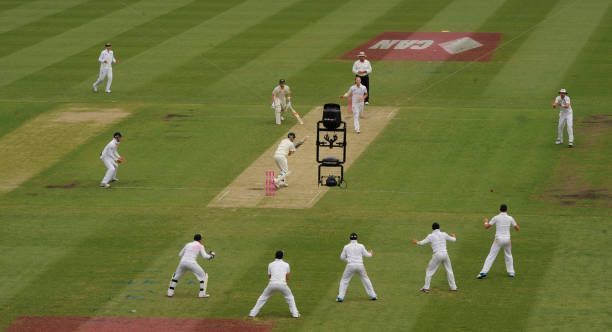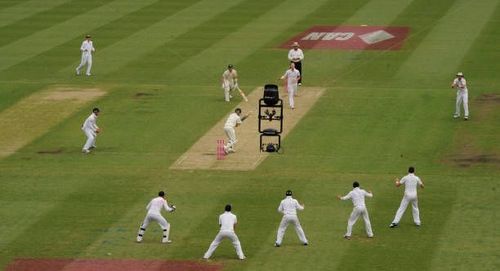
Technologies that changed cricket over the years
There is absolutely no doubt that over the years, technology has become an integral part of the game. In cricket’s rich history of more than 140 years, technology has grown with every passing year and decade.
In 1922, the first-ever radio broadcast of a cricket match took place in Australia covering a domestic game which took place at the Sydney Cricket Ground (SCG). The first time a match was televised was way back in 1938. Since then, there were constant ball-by-ball coverage, detailed coverage of the matches being played (at least international ones).
Slowly, but surely, the technology kept up pace as the game evolved and grew. More and more games started being broadcasted, there was radio commentary like never before. Third umpires came into the fray as the 20th century went into its last decade. Replays became better, the quality of broadcasting was constantly improving.
Technology in cricket kept up pace with other things around the world. More and more cameras were involved, speed guns were invented, spider-cams came into the picture, Decision Review System (DRS) which involves ball tracking, Snicko, Hotspot and we can go on and on and on. Hence, technology is an integral part of the game today and players, umpires, analysts, everyone is dependent on it some way or the other.
With Anil Kumble’s Spektacom technology which gives an in-depth analysis on batting (bat speed, power, ball contact with the bat among other things) making its debut in this year’s Tamil Nadu Premier League (TNPL) which begins on the 11th of July, let’s take a look back at some of the technologies that have impacted and changed the game of cricket over the years.
Spidercam

Spidercam is a type of a camera that is suspended from the stadium’s roofs and poles. It offers a complete three-dimension view of the game.
The Spidercam gives a complete and a detailed view of every small part of the game. It functions as the game progresses and moves. As the bowler runs in to bowl a delivery, it captures his/her run up all the way until the batsman plays a shot and the ball becomes dead. It then covers how the bowler is going back to his mark or how the batsman is preparing to face the next delivery.
Hence, the Spidercam has been a great help not only to the broadcasters but also the match officials if they want to watch specific parts/details of an instance that took place during the game. Every game played now (that is covered) has a Spidercam and it has become an integral component of broadcasting.